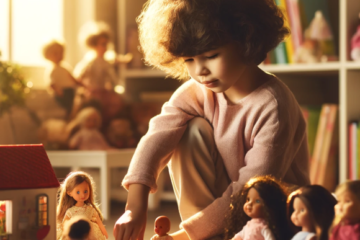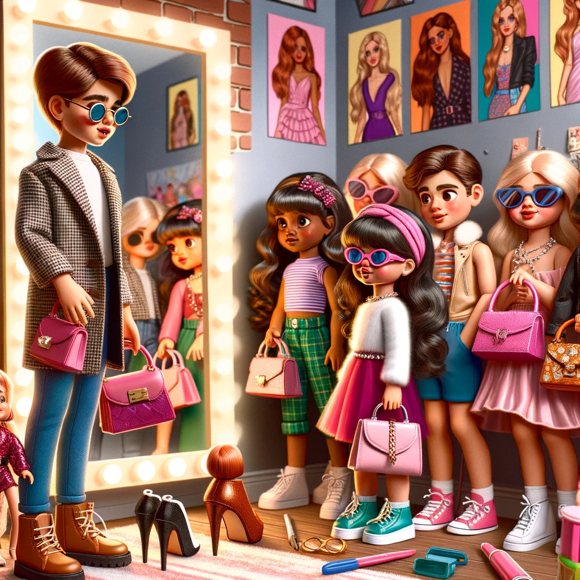In the world of childhood, where imagination reigns supreme and learning is disguised as play, few objects hold as much significance as dolls. These miniature companions have sparked a timeless debate: Are they merely playthings, or do they wield the power to educate and shape young minds?
At first glance, dolls may seem like simple toys, crafted for entertainment and amusement. However, delve deeper into their role in child development, and a complex narrative emerges. Advocates of dolls as educational tools argue that these seemingly innocuous playthings offer invaluable opportunities for learning and growth. Through imaginative play, children explore various roles, scenarios, and emotions, developing crucial social and cognitive skills along the way.
Consider, for instance, a child caring for a baby doll. In this nurturing role-play, they learn empathy, responsibility, and the fundamentals of caregiving. Similarly, dolls can serve as catalysts for storytelling, encouraging children to create narratives, develop language skills, and express their thoughts and feelings. Moreover, dolls with diverse ethnicities, abilities, and body types promote inclusivity and foster cultural awareness, nurturing a more compassionate and understanding society from a young age.
On the other side of the spectrum, critics argue that dolls predominantly serve as frivolous distractions, diverting children’s attention away from more intellectually stimulating activities. In a world inundated with technology and digital distractions, some lament the lost art of imaginative play, fearing that dolls perpetuate passive consumption rather than active engagement. Moreover, concerns have been raised about the unrealistic beauty standards often portrayed by fashion dolls, potentially influencing children’s self-image and perpetuating harmful stereotypes.
Yet, in this nuanced debate, it is essential to recognize the multifaceted nature of dolls and the diverse ways in which they can impact children’s development. Rather than viewing dolls as binary entities—either purely educational or purely recreational—it is more productive to acknowledge their potential for both entertainment and enlightenment.
Moreover, the significance of dolls extends beyond their immediate impact on individual children. Historically, dolls have served as cultural artifacts, reflecting societal norms, values, and aspirations. From ancient civilizations to modern-day societies, dolls have provided insights into gender roles, fashion trends, and prevailing ideologies. By studying the evolution of dolls across time and cultures, we gain a deeper understanding of human civilization and the ever-changing dynamics of childhood.
In today’s fast-paced world, where technological advancements shape the landscape of childhood experiences, the debate over dolls persists. However, perhaps the most fruitful approach is not to dichotomize dolls into opposing categories but to embrace their complexity and adaptability. By harnessing the educational potential of dolls while remaining mindful of their limitations and societal implications, we can ensure that these cherished playthings continue to inspire, educate, and empower generations of children worldwide. After all, in the hands of a child, a doll is not merely a toy—it is a vessel for imagination, empathy, and endless possibilities.



0 Comments